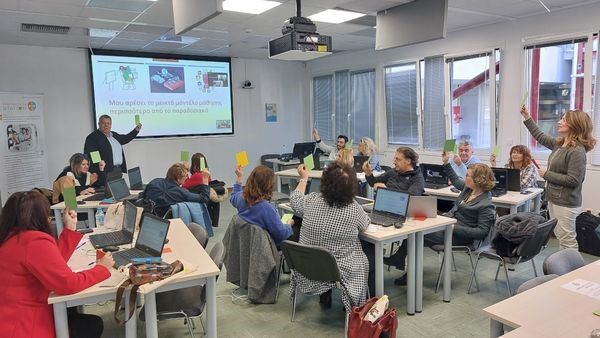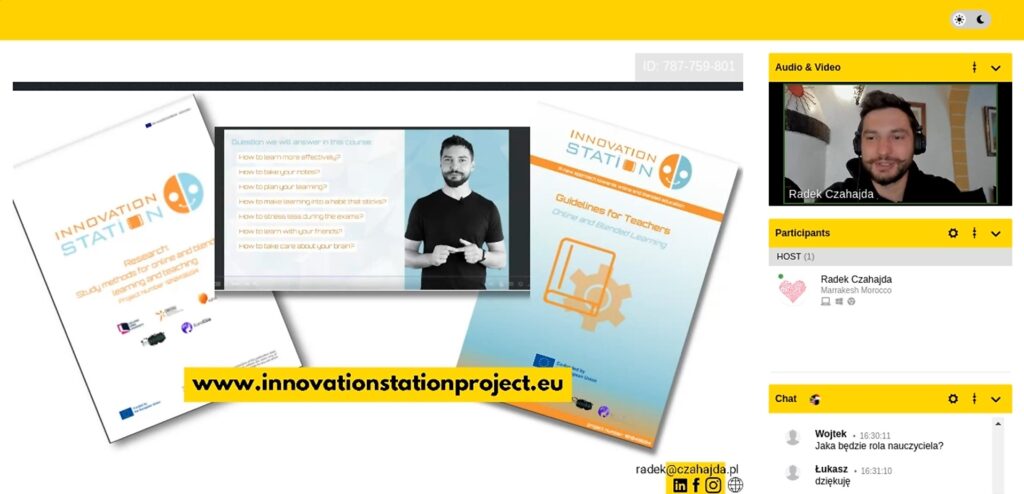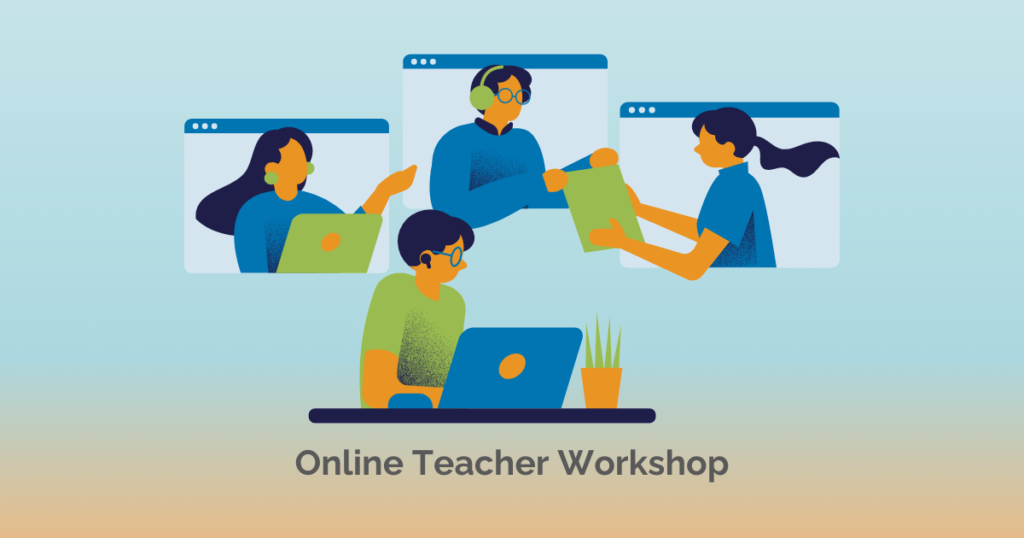In one project, aiming to support students at choosing their career, we have created a test, supporting to narrow down the possibilities. Little did we know how popular this test would become.
In a month, without any extensive promotion, 1000 students filled in our test and thanks to this, got to know also about our project. A year later, 70 000 people filled it in. Not only high schoolers, whom we designed it for, but also university students and working adults. When projects was coming to completion, over 250 000 people have used our self-assessment survey. An outreach we have never achieved in any other project or initiative.
This story came back to us, as we develop the course to support students in learning on their own more effectively within Innovation Station project. We have recently conducted a research among our target group and guess what…Many students asked to have a test that could help them understand their learning style.
There is only one problem. Learning styles do not exist…
We do prefer to learn in one way or another, but actually, using different forms of learning helps to learn more effectively than sticking to the one you prefer. So there are no learning styles, but only learning preferences. And we actually should challenge, not emprace them! 🙂
If you think we’re wrong with this bold claim, make sure to submit your ideas to Learning Styles Challenge, to win 5000 USD by proving learning styles do exist.
Why we love tests so much? It’s a competition held for many years now, and noone won the prize so far…
What exists are barriers and limitations in learning. From the way you eat and sleep, to how you organise your learning, what materials you use, how you deal with your motivation and hardships, many factors influence the way you learn. But each can be resolved!
So guess what! Based on your requests and the general popularity of tests, we will also have one in our course :)) It will help you understand what are the most burning challenges you face when it comes to learning on your own and guide you to the materials and tools that you could use to deal with those challenges.
But the question we still don’t have an answer to is – what’s so special about tests, that they’re so popular? Do you have some guesses? Please share in comments!






